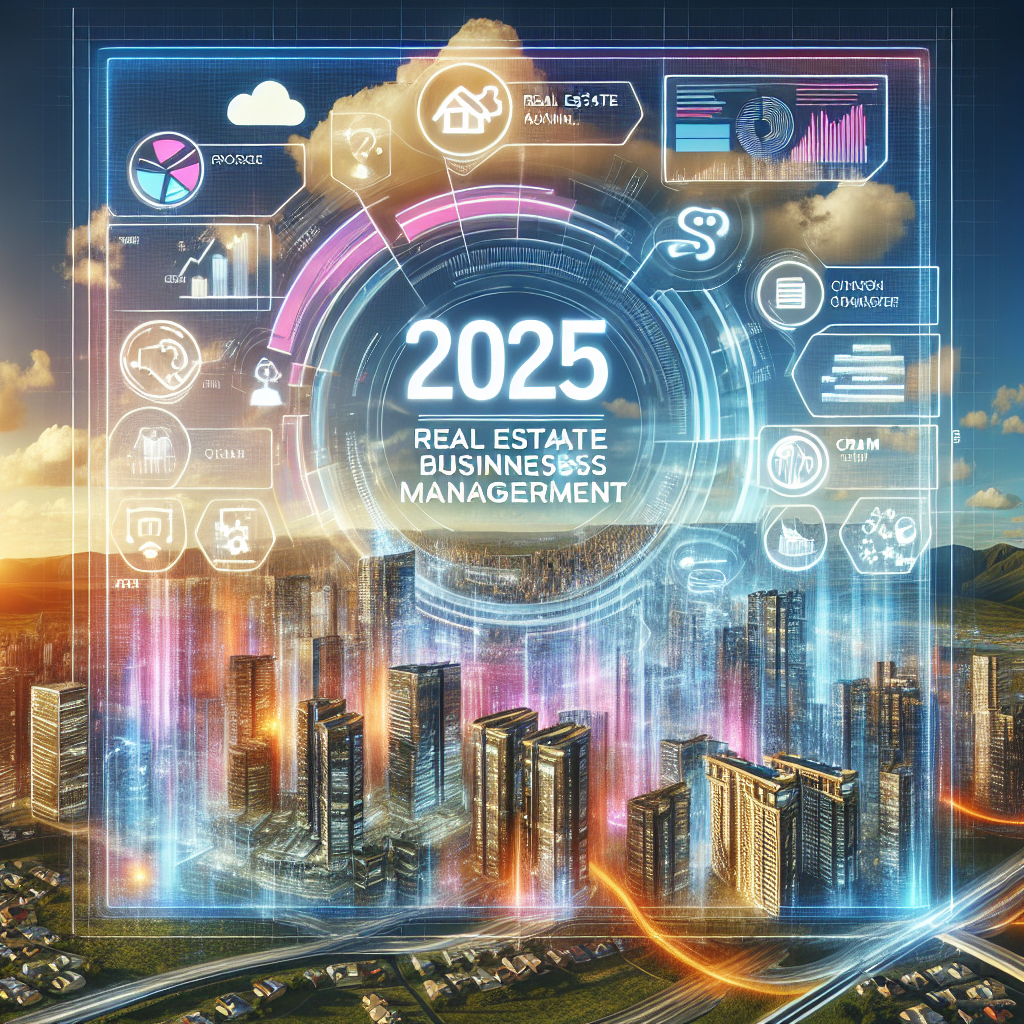Understanding Webflow CRM and Its Impact on Modern Business
Customer relationship management has evolved beyond keeping simple contact lists. In today’s competitive market, Webflow CRM provides businesses with a smooth integration of website design, customer data handling, and marketing automation. It’s not just a tool—it’s a business growth partner that helps you communicate better, market smarter, and sell more effectively.
With Webflow CRM, you’re not just storing names and emails. You’re building a live ecosystem where every customer interaction adds value. Automated follow-ups, personalized campaigns, and insightful analytics help guide every business decision.
The Evolution of CRM into Webflow CRM
Old-school CRMs required multiple integrations for design and customer data. Webflow CRM merges beautiful web design with robust Customer Relationship Management functions, allowing businesses to create stunning websites that capture and manage leads instantly.
Its flexibility makes it suitable for startups and large enterprises alike. No heavy coding, no complicated setup—just a streamlined system tailored to your needs.
Why Businesses Are Turning to Webflow CRM
One key reason companies switch to Webflow Customer Relationship Management is centralization. Instead of juggling multiple platforms for your website, lead tracking, and support, you can manage all of it in one place. This saves time, reduces costs, and prevents data loss between platforms.
Crafting a Seamless Customer Journey with Webflow CRM
Your website is often the first customer touchpoint. With Webflow Customer Relationship Management, you can make that journey smooth from the first click. Built-in forms, live chat widgets, and analytics instantly feed visitor data into your CRM, ensuring you can respond quickly and personally.
This allows you to tailor offers, follow up at the right time, and keep engagement high.
Data-Driven Decision Making
Guesswork is no longer an option in business. Webflow CRM’s analytics reveal what works and what doesn’t. From conversion tracking to engagement rates, you gain clear insights to adjust strategies for maximum results.
With visual dashboards, even non-technical team members can understand and use the data effectively.
Automating Your Workflow
Automation is one of Webflow CRM’s strongest assets. You can trigger follow-up emails, assign leads to sales reps, or schedule calls based on customer actions. This reduces manual work and frees your team to focus on building strong relationships.
Imagine a lead fills out a form—Webflow Customer Relationship Management can send a welcome email, book a meeting, and alert your sales team instantly.
Personalization at Scale
Modern customers expect personalized experiences. Webflow CRM allows you to segment audiences based on behavior, purchase history, and preferences, enabling highly targeted campaigns.
Whether it’s tailored emails or product recommendations, delivering the right message at the right time boosts conversion rates.
Integrating Webflow CRM with Other Tools
While powerful alone, Webflow Customer Relationship Management shines when integrated with other business tools. Sync it with your email marketing software, payment systems, or project management apps for a fully connected ecosystem.
This ensures every team—sales, marketing, support—works with the same up-to-date data.
Enhancing Team Collaboration
CRM is not just for sales. With Webflow Customer Relationship Management, your marketing, design, and support teams can all access shared customer profiles. This transparency improves coordination and results in better customer experiences.
Team members can assign tasks, leave notes, and track progress within the CRM itself.
Security and Data Privacy
Data security is a top priority for Webflow CRM. With encryption, secure logins, and GDPR compliance, customer information stays safe. This builds trust and strengthens your brand reputation.
The ROI of Webflow CRM
Investing in Webflow CRM boosts efficiency and revenue. By streamlining processes, improving customer experiences, and providing actionable data, it delivers measurable returns.
Lower churn, higher sales, and smarter marketing all contribute to a healthier bottom line.
Getting Started with Webflow CRM
Transitioning to Webflow CRM is simple. Map your current workflows, identify integration points, customize your dashboard, and import contacts. From there, automation and personalization can start working for you.

